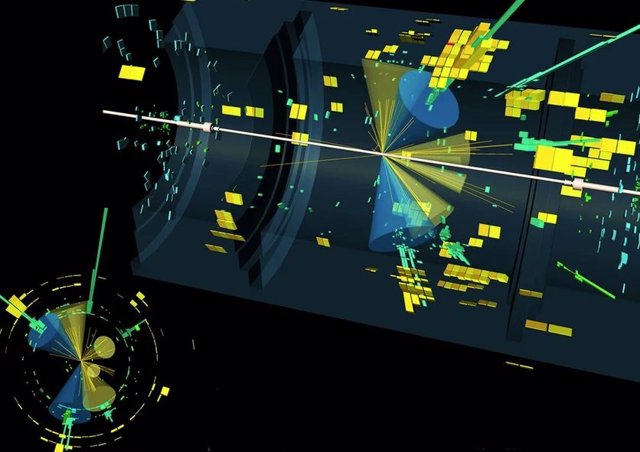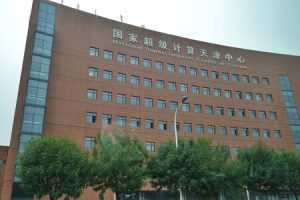A Collision Event in the Atlas Detector: Coupling of the Higgs Boson to the Top Quark – ATLAS/CERN
July 4. () –
This July 4 marks the 10th anniversary of the announcement of the discovery of the Higgs Boson, the elementary particle proposed in the Standard Model of Physics that confers mass to matter in the Universe.
It is named after Peter Higgs. who, along with others, proposed in 1964 the now called Higgs mechanism to explain the origin of the mass of subatomic particles. Higgs and François Englert received the 2013 Nobel Prize in Physics for their work.
On July 4, 2012, CERN announced the observation at the Hadron Collider of a new particle ‘consistent with the Higgs boson’, but more time and data would be needed to confirm this. Still, Science declared it the biggest discovery of 2012.
On March 14, 2013, with double the data, it was determined that the way the new particle interacts with other particles and its quantum properties, along with the measured interactions with other particles, strongly indicated that it was a Higgs boson.
The tenth anniversary of the discovery is an occasion for a scientific review of the last ten years and to look to the future. Two researchers from the Max Planck Institute for Physics have contributed articles to the current issue of Nature.
Sandra Kortner is co-author of a CERN Atlas Experiment paper reporting the latest results of measurements of the properties of the Higgs boson. Theoretical physicist Giulia Zanderighi discusses fundamental questions related to the Higgs boson.
The detection of the Higgs boson was only the beginning of more intensive studies. Over the past decade, Atlas scientists have measured the particle’s properties with great precision. The focus of the two long measurements at the LHC has been on the interactions of the Higgs with other particles in the Standard Model..
“The exciting thing is that there is so much to see. We have observed how the Higgs boson interacts with the five heaviest elementary particles known and we have good indications for two others,” says Sandra Kortner, who leads a research group on physics. of the LHC at the Max Planck Institute for Physics. “The results actually fit very well with theoretical predictions that became much more accurate over time.”
Since the discovery of the Higgs, a total of nearly 30,000 Higgs bosons have been observed with the Atlas detector. A few weeks ago, ‘activation 3’ began at the LHC, which will last until 2025. “After that, we will be able to characterize the Higgs boson and its interactions with elementary particles even more precisely, and by doing so, potentially find new discoveries,” Kortner said. it’s a statement.
The second review article sheds light on the Higgs boson and the findings to date from a theoretical perspective. Furthermore, the authors describe various scenarios that could be detected in future experiments. An example is interactions with lighter particles in the standard model, in particular muons and charm quarks.
“Other measurements could also show that the Higgs boson is not elementary, but has a substructure,” says Giulia Zanderighi, director of the “Novel Computational Methods in Particle Physics” division at the Max Planck Institut for Physics.
Furthermore, the Higgs boson offers interesting connections to other important topics in particle physics. “For example, the Higgs boson could be involved in inflation, which is the abrupt expansion of the early universe,” explains Zanderighi.
“Also, the Higgs boson could be a kind of portal to dark matter. And the question of why there is matter in the universe, but almost no antimatter, could also be related to the birthday boy.” A deeper understanding of the properties of the Higgs boson could help understand its role in these matters.













Add Comment